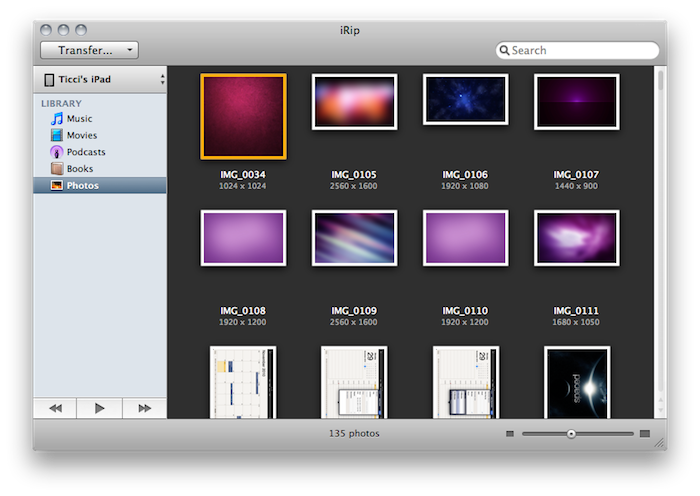

Automatic enrollment and automatic plan portability. The legislation requires businesses adopting new 401(k) and 403(b) plans to automatically enroll eligible employees, starting at a contribution rate of at least 3%, starting in 2025. The law also eliminates a previous requirement that limited premiums to 25% of an individual’s retirement account balance.Ħ. The dollar limitation for premiums increases to $200,000 from $145,000 starting January 1, 2023. QLACs are deferred income annuities purchased with retirement funds typically held in an IRA or 401(k) that begin payments on or before age 85. Qualified longevity annuity contracts (QLACs) are getting a boost. Read more in Viewpoints about the basics of QCDS.ĥ. Note, for gifts to count, they must come directly from your IRA by the end of the calendar year. This amount counts toward the annual RMD, if applicable. This is an expansion of the type of charity, or charities, that can receive a QCD. Qualified charitable distributions (QCDs). Beginning in 2023, people who are age 70½ and older may elect as part of their QCD limit a one-time gift up to $50,000, adjusted annually for inflation, to a charitable remainder unitrust, a charitable remainder annuity trust, or a charitable gift annuity. Important to know: Unlike Roth IRAs, RMDs from an employer-sponsored plan are required for Roth accounts until tax year 2024.Ĥ. Contributions to a Roth retirement plan are made after-tax, after which earnings can grow tax-free. Previously, matching in employer-sponsored plans were made on a pre-tax basis. Matching for Roth accounts. Employers will be able to provide employees the option of receiving vested matching contributions to Roth accounts (although it may take time for plan providers to offer this and for payroll systems to be updated). Starting in 2024, that limit will be indexed to inflation, meaning it could increase every year, based on federally determined cost-of-living increases.ģ. IRAs currently have a $1,000 catch-up contribution limit for people age 50 and over. Individuals earning $145,000 or less, adjusted for inflation going forward, will be exempt from the Roth requirement. Starting in 2024, if you earn more than $145,000 in the prior calendar year, all catch-up contributions at age 50 or older will need to be made to a Roth account in after-tax dollars. (The catch-up amount for people age 50 and older in 2023 is currently $7,500.) Higher catch-up contributions. Starting January 1, 2025, individuals ages 60 through 63 years old will be able to make catch-up contributions up to $10,000 annually to a workplace plan, and that amount will be indexed to inflation. And beginning immediately, for in-plan annuity payments that exceed the participant's RMD amount, the excess annuity payment can be applied to the year's RMD.Ģ.Additionally, Roth accounts in employer retirement plans will be exempt from the RMD requirements starting in 2024.The penalty will be reduced to 10% for IRA owners if the account owner withdraws the RMD amount previously not taken and submits a corrected tax return in a timely manner. Starting in 2023, the steep penalty for failing to take an RMD will decrease to 25% of the RMD amount not taken, from 50% currently.

Good to know: SECURE 2.0 also pushes the age at which RMDs must start to 75 starting in 2033. If you're turning 72 in 2023 and have already scheduled your withdrawal, you may want to consider updating your withdrawal plan. Two important things to think about: If you turned 72 in 2022 or earlier, you will need to continue taking RMDs as scheduled. The current age to begin taking RMDs is 72, so individuals will have an additional year to delay taking a mandatory withdrawal of deferred savings from their retirement accounts. The age at which owners of retirement accounts must start taking RMDs will increase to 73, starting January 1, 2023.


 0 kommentar(er)
0 kommentar(er)
